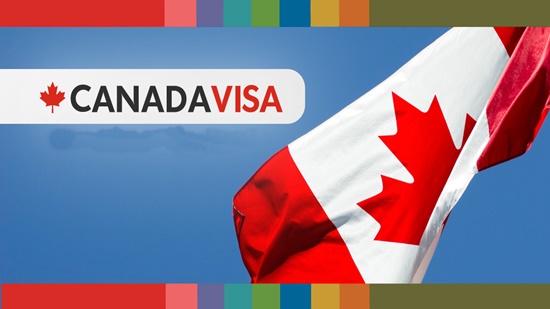Bell University of Technology (BUT), a prestigious private institution located in Ota, Ogun State, Nigeria. Established in 2003 by the Church of Nigeria (Anglican Communion), BUT is committed to providing quality education and shaping the future of its students. With a wide range of undergraduate and postgraduate courses, BUT stands as a beacon of academic excellence in the region.
In this blog post, we will explore the various faculties and courses offered at Bell University, highlight the admission requirements, provide insights into tuition fees, and shed light on the scholarship opportunities available for prospective students.
Courses Offered at Bell University
Bell University of Technology offers a comprehensive selection of courses across various faculties, ensuring a diverse range of academic pursuits. Let’s delve into the faculties and the courses they offer:
1. Faculty of Arts
– English Language
– History and International Relations
– Religious Studies
– Sociology and Psychology
– Mass Communication
2. Faculty of Management and Social Sciences
– Accounting
– Economics
– Business Administration
– Public Administration
– Sociology and Psychology
– Mass Communication
3. Faculty of Natural and Applied Sciences
– Mathematics
– Computer Science
– Biochemistry
– Microbiology
– Physics
– Chemistry
4. Faculty of Engineering
– Biomedical Engineering
– Computer Engineering
– Civil Engineering
– Electrical/Electronic Engineering
– Mechanical Engineering
– Mechatronics Engineering
Admission Requirements for Bell University
To secure admission at Bell University, you must meet specific requirements tailored to your chosen course. While the criteria may vary, here are some general admission requirements:
1. A completed application form: Submit a duly filled application form available on the university’s website or admission office.
2. O’Level or equivalent results: Provide your high school results, including credits in relevant subjects.
3. Personal statement: Craft a compelling personal statement that showcases your passion, academic goals, and suitability for the chosen course.
4. Reference letters: Obtain two reference letters from reputable individuals who can attest to your character and academic potential.
5. TOEFL or IELTS score (if applicable): International students whose first language is not English may need to provide English proficiency test scores.
Tuition Fees at Bell University
The tuition fees at Bell University of Technology vary depending on the selected course. On average, undergraduate students can expect to pay approximately N250,000 per year for their studies. It’s essential to contact the university’s admissions office for accurate and up-to-date information regarding tuition fees.
Scholarship Opportunities at Bell University
Bell University acknowledges the importance of financial assistance in supporting deserving students. The institution offers a range of scholarships based on academic merit, financial need, or a combination of both. These scholarships can alleviate the financial burden and create opportunities for talented individuals. To learn more about the available scholarships and their specific eligibility criteria, prospective students are encouraged to contact the university’s scholarship department.
Conclusion
Bell University of Technology is a leading private institution in Nigeria, dedicated to providing a diverse array of courses and fostering academic excellence. With its wide range of faculties and courses, prospective students can find their academic calling in fields such as Arts, Management and Social Sciences, Natural and Applied Sciences, and Engineering.
By fulfilling the admission requirements and exploring the scholarship opportunities, aspiring students can embark on an enriching educational journey at Bell University of Technology.
FAQs
Does Bell University offer engineering courses?
Yes, Bell University offers several engineering courses including Mechanical Engineering, Electrical/Electronic Engineering, Mechatronics Engineering, Computer Engineering, and Telecommunications Engineering. These programs are housed under the College of Engineering and Technology.
What medical or health-related courses are available at Bell University?
Bell University provides health-related programs such as Nursing Science, Public Health, Medical Laboratory Science, and Physiology. These courses are offered under the College of Natural and Applied Sciences and are accredited by relevant regulatory bodies.
Are business and management courses available at Bell University?
Yes, the university offers various business and management courses including Accounting, Business Administration, Economics, Finance, Banking and Finance, and Entrepreneurship. These programs fall under the College of Management Sciences.
Does Bell University offer computer and ICT-related courses?
Bell University offers several ICT-focused courses such as Computer Science, Information Technology, Cybersecurity, Software Engineering, and Information and Communication Technology. These programs are designed to equip students with modern tech skills and digital competencies.




